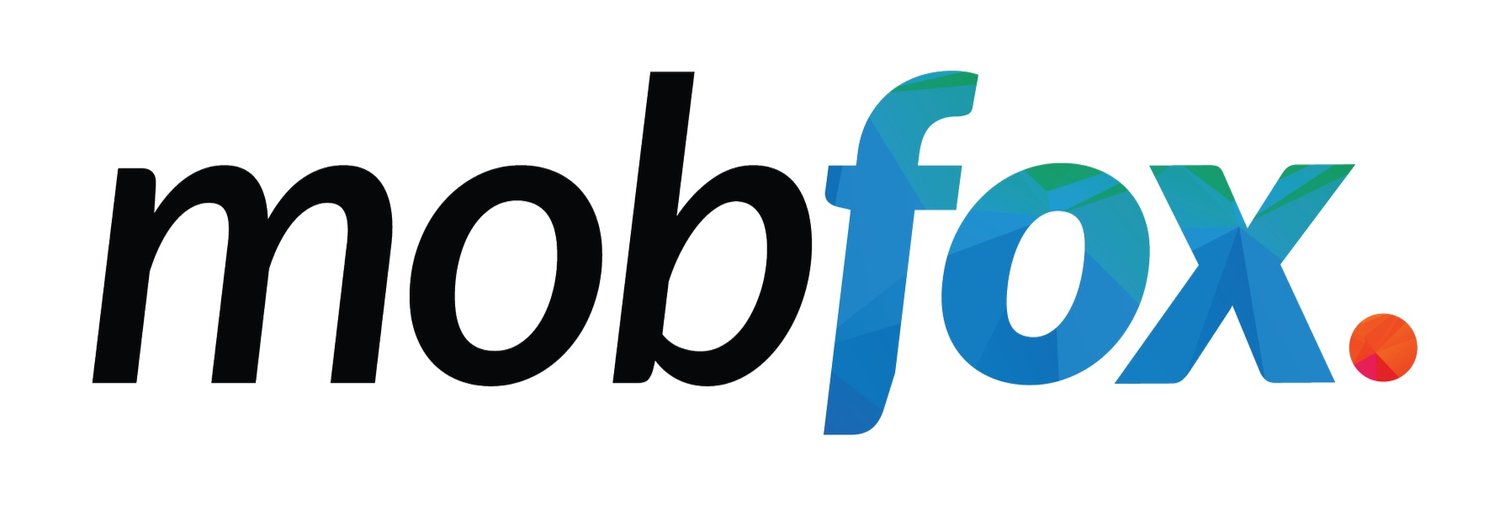How IAB Tech Lab is Increasing Transparency in the Industry
With two new values: ‘ownerdomain’ and ‘managerdomain.’
April not only brought updates centered on diminishing fraud in the mobile app, website, and CTV advertising world, but news on strengthening the ads.txt specifications.
The relationship between the entities that display the ads after they're purchased and advertisers will become less intricate with the introduction of two new values that must be included by the publishers within their ads.txt files.
The update will eliminate the confusion surrounding seller relationships identified through the ads.txt protocol and sellers.json. While, at the same time, impacting revenue misuse, due to a better identification and supervision mechanism for the places where ads are being directed.
To have a more comprehensive understanding of the update, let's first turn our attention towards the ads.txt and its importance in the industry…
The Authorized Digital Sellers (or ads.txt) is an IAB Tech Lab initiative focused on guaranteeing that the digital ad inventory is traded exclusively through sellers proven to be authorized by the publisher.
The protocol provides more control over entities that are allowed to sell ads, increasing trust in programmatic markets and minimizing the risk of counterfeit inventory. So how does this change bring added value and transparency to the digital ecosystem? The new values to be included within the ads.txt file are intended to clear up the link between publishers listed in a sellers.json file and the ads.txt file of the inventory that’s being monetized.
(Or in other words, between the inventory owners and the selling partners on programmatic ad exchanges.)
The ‘ownerdomain’ value identifies the proprietorship of a website where the ad is being displayed by specifying the domain of the owner entity. This is particularly useful especially when multiple publisher properties that are under the umbrella of solely one business are being monetized, as previously, it could have resulted in mismatched seller domains.
The ‘managerdomain’ value allows to publicly state the exclusive or prime monetization partner of an inventory owner, a common occurrence especially for smaller-scale and medium publishers. One of the motivations behind ‘managerdomain’ is the leveling of the SPO (Supply Path Optimization) playing field. In the past, due to this automated process, publishers that transacted and outsourced yield management might have been missed, because they appeared under the seller ids of the manager entity — subsequently implying that multiple hops exist. Since the SPO gives priority to ad buys with fewer links in the chain, this posed a big challenge.
With the new addition in the ads.txt file, advertisers will be able to properly assess the best avenue for accessing a publisher's inventory even if multiple hops are present.
The manager domain field ensures that advertisers have to use a clear supply path which cuts back on revenue loss and fraud by offering an unambiguous link between the publisher’s ads.txt file and the sellers.json entry.
Under the auspices of the IAB, the ads.txt initiative was designed to aid in the authentication of the traffic buying channel and to protect ad budgets. At the same time, the sellers.json brought forward a mechanism able to distinguish between direct and indirect supply sources, identifying and allowing for all the nodes in the supply chain to be discovered (any and all intermediaries) while conveying the final seller of a bid. The IAB update comes as a complementary characteristic outlined to reduce inconsistent practices that populate the selling systems. It's also a measure that reinforces confidence throughout the ad ecosphere and provides equilibrium between small, medium and large publishers.
IAB Tech Lab announced that the new ads.txt specifications are open for public comment through May 31, 2022.
As digital transformation takes over the industry, innovation and new technical specifications are a must in order to have a unified, unequivocal, strong and inclusive digital advertising market. The purchase opportunities and media clients of real-time bidding and programmatic buying are rapidly expanding and thus, increasing the trust of the supply chain crucial in maintaining and nurturing the sustainability of the digital ad ecosphere.


